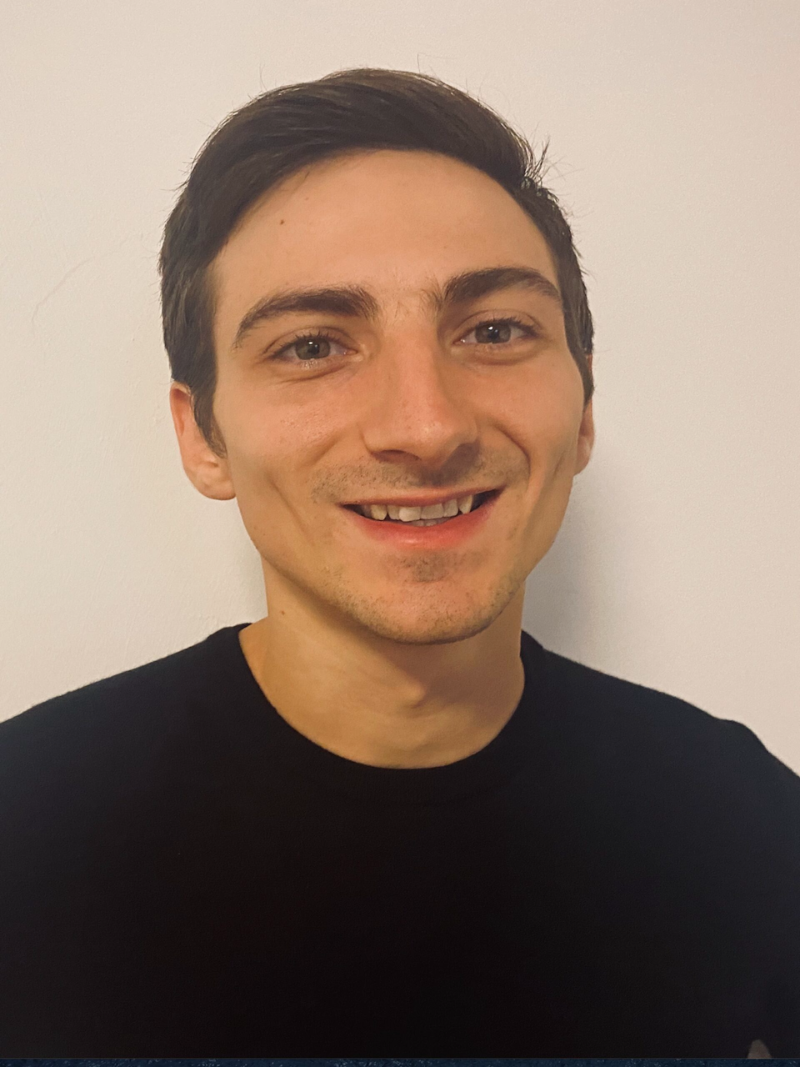The Device Chronicle interviews Philipp Gschöpf, Group Head of AI at AIA Group on AI in the Insurance industry, and on the exciting possibilities when AI meets IoT.
Philipp Gschöpf has spent the last 8 years creating and creating full-scale AI transformations all the way to consumer mass rollout through apps, websites and APIs. Philipp is a strategic transformation evangelist that creates bridges between tech elites and business communities. He is also seasoned on Python, R, BASH, Spark, JavaScript/React, projects, and has demonstrated successful team leadership in international settings: in Hong Kong, Singapore, Shenzhen, London, Bangalore, Mumbai, Berlin, Thailand and Indonesia.

Philipp came to AIA Group from Prudential just over 6 months ago. AIA Group is a leading life and health insurance provider based in Hong Kong and it is a company that is exposed to everything from healthcare to financial services. Philipp is responsible for building out the new AI function at AIA. AIA’s decision to embrace AI comes from a visionary CEO Lee Yuan Siongi who has pivoted the company towards AI. As a result, Philipp says there is a lot of tremendous talent coming into the organization. Furthermore, AIA is close to the technology hub of Shenzhen in China, has a wholly owned entity in the Chinese market, and this makes it very attractive for experts to come and join the movement.
Find the right questions to ask
Philipp believes that AI is the next step on a more profound level with new game rules. “What is underlying AI is that it can be the ultimate tool which has the potential to answer every question and solve nearly every problem.” But then, Philipp asks, what does the world look like with such a capability? For Philipp, it is not a question of how hard it is to solve something, but which are the right questions to ask for what you want to solve. “Organizations need to adopt a much more experimental mindset and build a new culture. We move people from being workers to being creators. Moving highly respected domain experts from wasting a lot of their time on database entry to more opportunities to shine as experts and as humans.” With AI, organizations are taking a mathematical construct and allowing both their employees and customers to co-create, to try out new things, get much more experimental, and work together much more deeply. He stresses “The co-creation part of AI is absolutely crucial. It is necessary to get buy-in from the users who have been conducting the process, and know the process best. Most AI projects fail not because they didn’t solve the technical parts, but more because they didn’t arrive at the solution, and this is a negative return.”
Protecting data privacy is sacrosanct
The interview moves on to the topic of how AIA acquires data for AI projects. Philipp says that GDPR is not a geographical thing, that most large enterprises had these standards in place anyway. He says “It is good to have these (data privacy) rights enshrined.” Most of the time it is not possible for a human to read production data, most use cases don’t need personally identifiable information (PII) data. An address is useless in predicting a person’s health status and anyway it would not be ethical to use it.” AIA has technology that embraces both customer’s privacy concerns and the company’s own data rights. Philpp says “We are building methodologies that make it much easier to process the data correctly, group wide AI ethics training ensures the highest standards of compliance. This AI ethics training and certification is a competitive differentiator, as AIA are able to build better solutions: “It is paradoxical that the more restricted you are, the more you are forced to come up with better designs.” The AI group only uses that data that is explicitly mentioned to consumers, and it is explained to them exactly how the data will be used. Philipp explains that standard underwriting data for health evaluation purposes. Other existing internal data is also used and there are many “exciting” use cases at the brink of this data.
Insurance and digital health
Insurance protection is aligning with digital health and Philipp shares an example from the leading edge of the industry of where retinal scanners that attach to a smartphone are used to scan the back of the eyeball so fine blood arteries can be detected. From the shape of the fine arteries at the center of the body, the risk levels for a whole host of illnesses can be inferred including nervous diseases, cardiovascular diseases, and even some forms of diabetes. Philipp says “The price point for this technology is falling rapidly, we will be able to respond much more quickly before illness becomes irreversible.” Philipp adds that AIA offers premium discounts to customers already available for being able to digitally demonstrate a healthy lifestyle. He says the company is moving in the direction of helping the customer before they need to go to the hospital. “Our interests are perfectly aligned. We want to keep customers healthy and we will see a different insurance experience in the medium term future.”
Empathetic AI solution
Philipp was able to share details of an exciting project in which AIA Group has used the power of AI to improve outcomes for both customers and the organization. Philipp explains the problem that was solved: People want to have the insurance protection, but they forget to pay for it and because they forgot to pay for it, they lose it. The AI solution which AIA deployed, predicted the best people to call, then it called every single customer in the Premium Array insurance premium segment. The AI solution talks to the customer, matches to different emotions, different voice types, different demographic profiles. If the customer sounds concerned, it speaks differently to them than if they sound confused. The algorithm tries to understand if the customer fits the profile of someone who wants to pay for their premium. If it sees that, it helps them on the spot or connects them to the best way to do this. Philipp adds that the algorithm is so empathetic that it is now more successful than a human at collecting the premium.
Convergence of AI and IoT
Philipp believes that with AI and IoT, there are so many low hanging fruits. He encountered a “smart” mirror in a hotel room in Shenzhen equipped with a CPU, built in screen, and a browser but it was under-utilized. “It was simply using a sensor to count how many liters of water went through the sink.” With the technology that is on board, it could do much more, Phillipp believes. He adds that it is possible to calculate someone’s BMI by analyzing their face. “From the face, it is possible to see how the blood is pulsing through the body. Inference can be used to get detailed health metrics such as heart function from this. If IoT would be leveraged with this AI technology, then it would be possible to get detailed health readings every time someone is in front of the bathroom mirror and then be able to alert them in emergency situations, and alert them before they feel something is wrong.” For Philipp, it is about taking connected devices, and adding intelligence to them. “IoT and AI have existed next to each other, but they have not talked enough to each other in the past.” He concludes by saying that AI has a very high reliance on software updates as it is something that continues to learn and gets better over time. You get a better product through updating. It is also a two way communication. “Continuous updating of AI on embedded systems is crucial.”
We wish Philipp and his team members well as they continue to use the power of AI to improve outcomes for both AIA Group and its customers.
